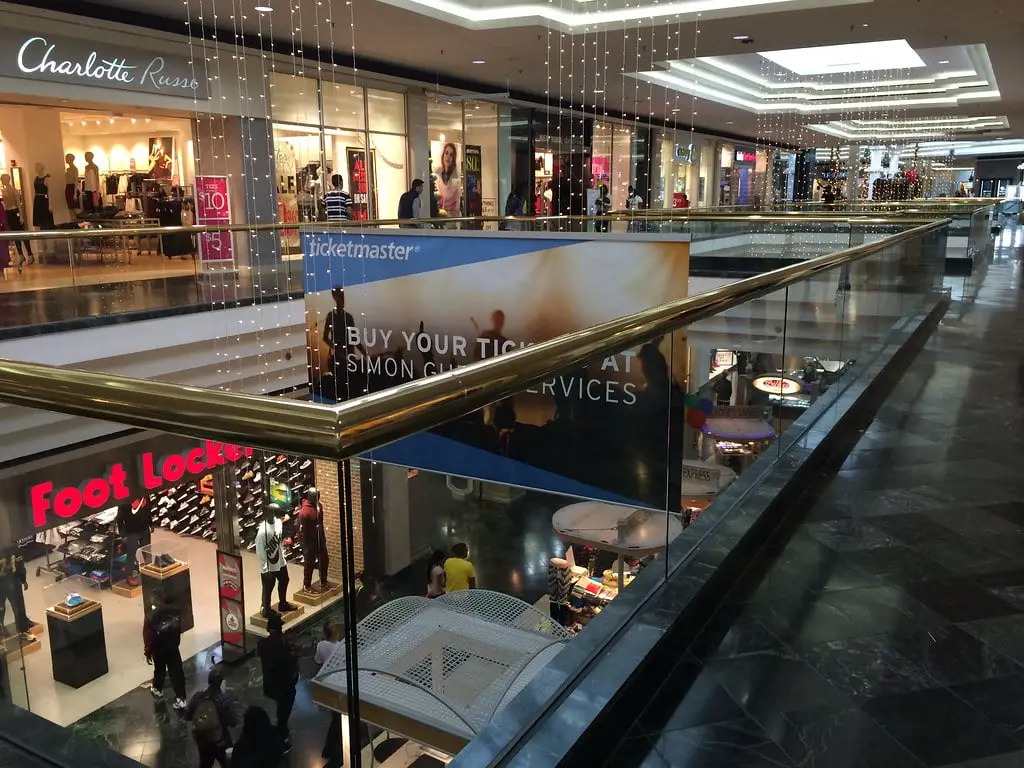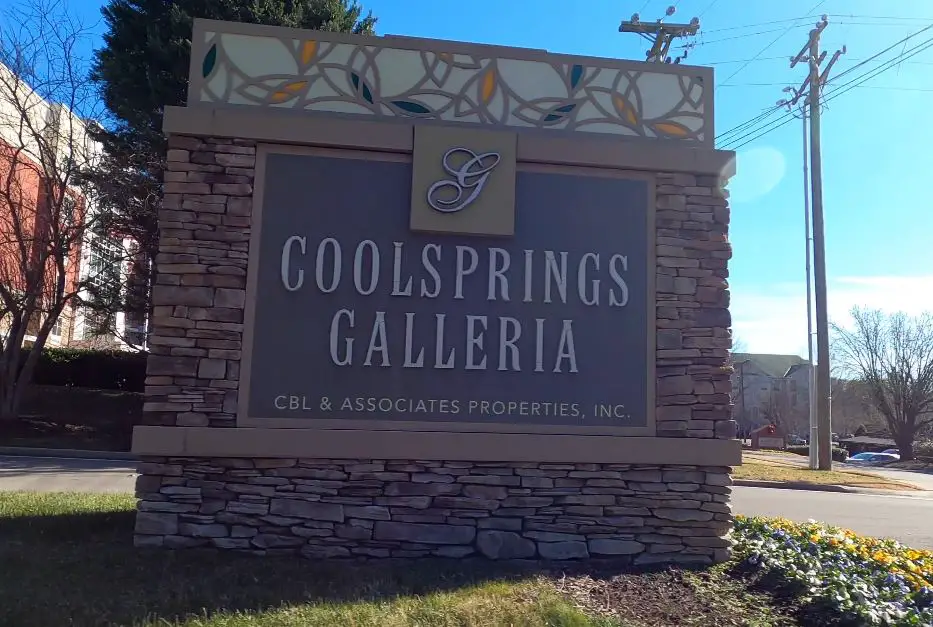The Birth of Hickory Hollow Mall
Hickory Hollow Mall first opened its doors in 1978, marking the beginning of a new era for Antioch, Tennessee.
This massive 1.1-million sq ft shopping center quickly became the heart of Southeast Nashville’s retail scene.
Shoppers flocked to its expansive halls, drawn in by its major anchor stores like Sears, Cain-Sloan, and Castner Knott.
Back then, the mall was a state-of-the-art retail destination, providing residents with an exciting new place to shop, dine, and spend time with family.
Throughout the 1980s and 1990s, Hickory Hollow Mall thrived.
New stores opened regularly, and the mall soon housed popular retailers such as JCPenney, Dillard’s, and other national brands.
This steady growth wasn’t just good for the mall—it helped boost the surrounding Antioch area, too.
Commercial businesses flourished, and the mall became a central hub for the community, attracting shoppers from nearby suburbs and beyond.
It was the place to be on weekends and a key driver of the area’s economy.
By the late 1990s, however, Hickory Hollow Mall began facing challenges.
Competition from other shopping centers started to pull customers away.
Despite these early signs of trouble, the mall remained a cornerstone of Antioch’s retail landscape, and there were still plenty of things to do in Antioch, TN—for now, at least.
Decline and Changing Retail Environment (2000-2010)
By the early 2000s, Hickory Hollow Mall started to lose the momentum that had kept it bustling for over two decades.
A major blow came in 2000 with the opening of Opry Mills, a massive new shopping destination just a short drive away.
With its updated, modern design and expansive selection of stores, Opry Mills quickly attracted many of the shoppers who had once frequented Hickory Hollow.
This shift signaled the start of tough times for the Antioch mall, as foot traffic began to decline noticeably.
Several factors contributed to this downturn.
The changing demographics in the surrounding area played a role, as did rising crime rates, which hurt the mall’s reputation.
Multiple incidents, including a well-publicized shooting in 2004, led people to feel less safe visiting the mall.
In the meantime, the rapid development of suburban retail hubs, like The Avenue Murfreesboro and the newly renovated Stones River Mall, gave shoppers plenty of alternative options.
As competition increased, Hickory Hollow’s struggles deepened.
The departure of key retailers marked the mall’s decline.
In 2006, JCPenney closed its doors after 24 years of operation, leaving a huge gap in the mall’s north wing.
This closure was followed by more store exits, including Dillard’s, which began liquidating inventory in 2008.
By the end of that year, several other major retailers—Linens’ n Things, Steve & Barry’s, and Circuit City—had shuttered their stores nationwide, further emptying the mall.
Occupancy rates fell dramatically, and by 2009, Hickory Hollow was on the list of “America’s 10 most endangered malls.”

Rebranding as Global Mall (2012-2019)
In 2012, Hickory Hollow Mall was rebranded as Global Mall at the Crossings in a bid to revive the struggling shopping center.
The new name was part of an effort to reshape the mall’s identity, focusing on diverse businesses and community services rather than traditional retail.
The plan aimed to cater to Antioch’s evolving population, with hopes of attracting international companies and offering cultural experiences that could appeal to a broader audience.
During this period, several community-focused spaces moved into the mall.
Nashville State Community College opened a campus in part of the building, providing educational opportunities to the local community.
At the same time, a health clinic and the Southeast Branch Library were established in the mall, offering important services in an area that had seen limited development in these sectors.
These new additions gave the mall a mixed-use feel, but they weren’t enough to restore its former retail glory.
Despite the new vision, Global Mall faced challenges that echoed its past struggles.
Occupancy remained low, with many of the storefronts still vacant.
The broader retail environment was shifting as more consumers turned to online shopping, which further hurt the prospects of filling the empty spaces.
Although the rebranding provided some renewed hope for the property, it didn’t solve the core issues, and the mall continued to struggle to attract large-scale retail investment.

Redevelopment Plans & Vision for the Future (2022-2024)
In 2022, a major shift took place at the site of the former Hickory Hollow Mall, now known as Global Mall at the Crossings.
After years of struggles, Metro Nashville stepped in and purchased the mall property for $46 million.
The plan was to repurpose the space, moving away from its retail roots and focusing on more practical and community-centered uses.
This redevelopment aimed to breathe new life into the largely vacant structure and surrounding area and bring essential services back to the Antioch community.
One of the most prominent announcements came in 2023 when Vanderbilt University Medical Center (VUMC) signed an agreement to lease part of the former mall.
The goal was to transform about 600,000 square feet of the site into a healthcare facility, similar to the successful redevelopment of One Hundred Oaks Mall.
The project was seen as a major step toward revitalizing the area, offering both healthcare services and job opportunities to Southeast Nashville, an underserved part of the city.
Plans for the space didn’t stop at healthcare. Metro Nashville also envisioned turning the property into a hub for additional community services.
Early proposals included spaces for youth programs, childcare facilities, and small business development centers.
Metro also planned to build a new police precinct and city park nearby, further cementing the mall’s central role in Antioch’s future growth.
Future of Antioch’s Landmark Site
As of 2024, the former Global Mall at the Crossings is poised for a transformation that could redefine its role in Antioch.
With the Vanderbilt University Medical Center project moving forward, the mall is set to become a major healthcare destination, serving both residents and the wider Nashville area.
This change marks a departure from its retail past, shifting focus toward providing essential services in a part of the city that has long-needed investment.
Metro Nashville’s broader plans for the site are still taking shape, but they reflect the city’s vision for community revitalization.
The second phase of the project involves gathering input from residents to determine what other services and facilities should be incorporated.
While the mall may no longer be the retail giant it once was, its future as a healthcare and community service hub promises to play an important role in Antioch’s continued development.








